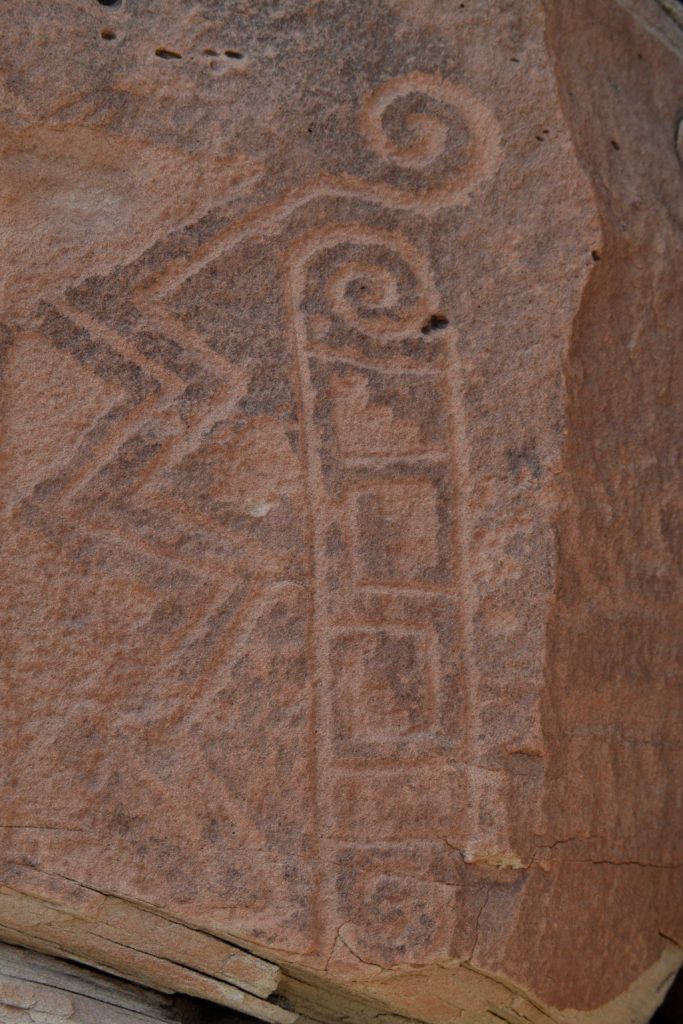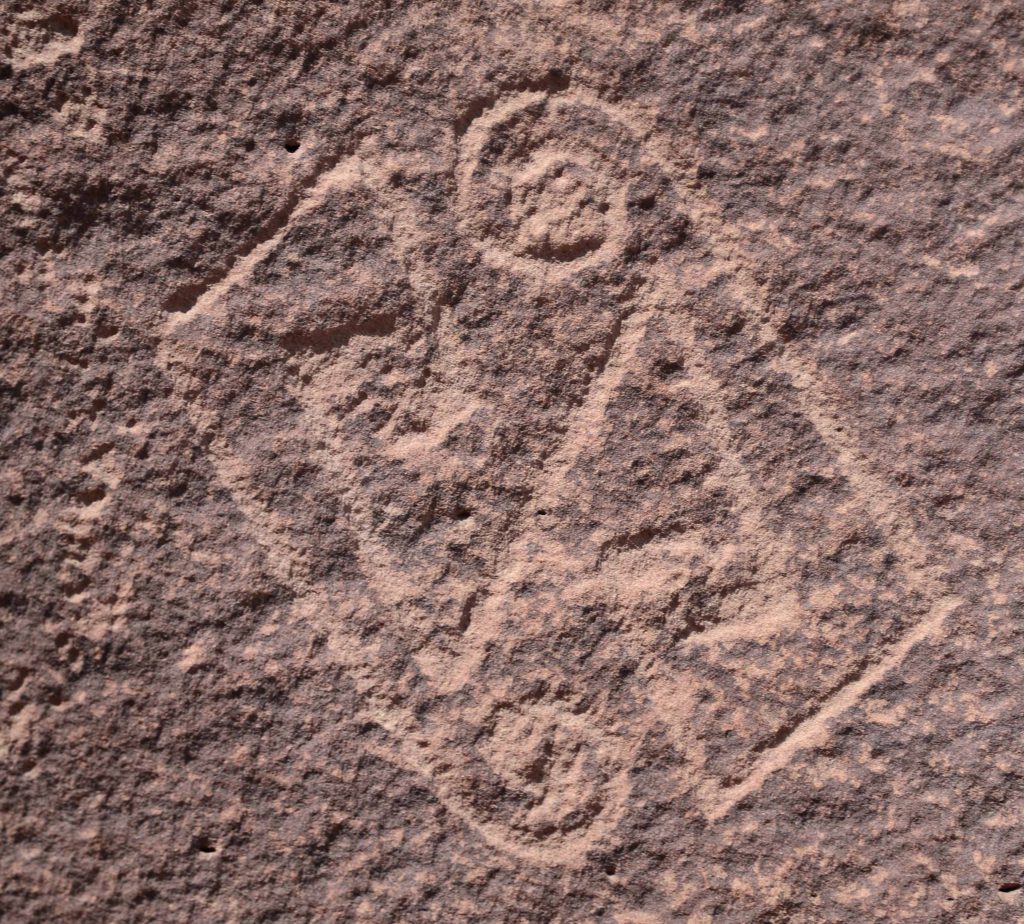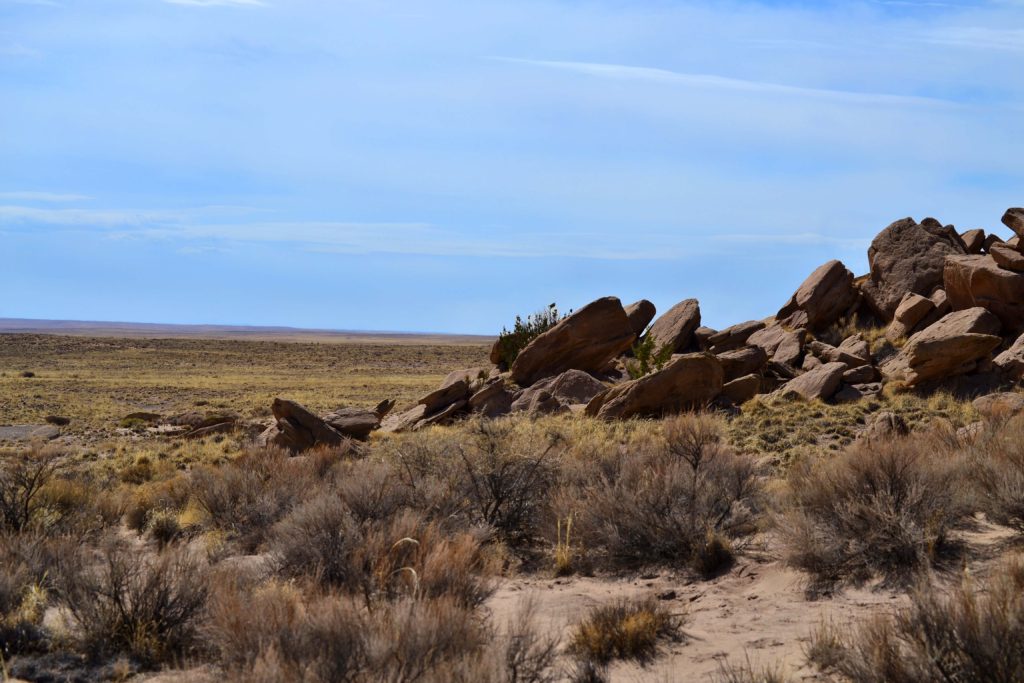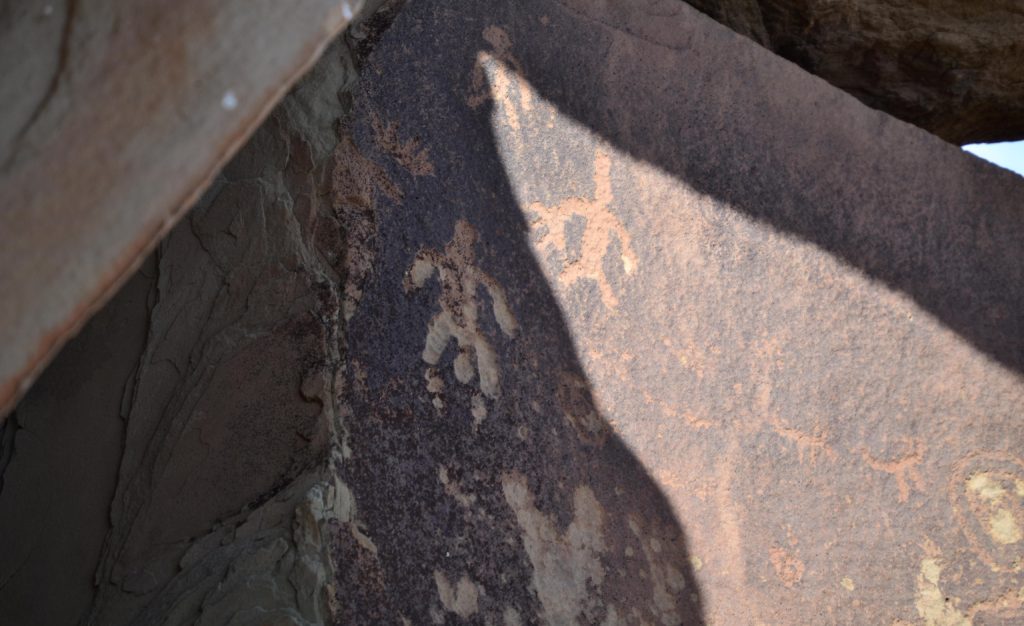There are many early Native American Ruins located on Twin Buttes Ranch (TBR) in Arizona.
My family, my siblings’ ranch, and many other ranchers and small business concerns in the Holbrook Basin have all undertaken to protect these valuable resources, which include:
- Petroglyphs
- Petrified wood arrowheads
- Pottery Shards
- And more
Archaeological Sites in Arizona are an important piece of the historical puzzle in the Southwest.
The Importance – and Possibility – of Preserving History…
There is enough rock art – often referred to as petroglyphs – on various rock formations in at least 7 locations on TBR that it would take at least two days to visit and view these sites. These artifacts are in need of some type of protection from theft and other forms of loss.
There are also numerous locations on TBR where you can find other early Native American archeological sites, in Arizona – this is huge.
From the Grand Canyon, to Canyon Du Chelly, the history of the Native American people is very important – both historically and culturally – in the state of Arizona, and is held so by its residents.
I, for one, would like these archaeological resources to be available to qualified experts at least. Over the years I’ve had the pleasure of personally showing parts of TBR to archeologists, geologists, and historians from NAU, the Petrified and Painted Deserts National Parks, and other institutions.
The head ranger at the Petrified Forest National Park once told me that we have enough resources to make two parks, just on TBR.
At one point we had a deal with the National Parks Service to protect these resources when legislations was passed and signed by President George W. Bush to place TBR in the Petrified Forest Boundary Expansion Act in 2004.
Sadly, funds to pursue this dream were never allocated by the Federal Government – and the archaeological resources have remained unprotected.
…While Still Reaping the Great Financial Benefits of the Ranch
Following that bureaucratic debacle, I and my family chose to pursue a different course of productivity from TBR in the form of mineral investment.
We were encouraged to learn that while the vast potash resources beneath TBR were extremely viable for low-cost, high-quality potash mining, new mining techniques would leave the majority of the surface of the ranch untouched.
To me this means that the right investor can create a viable mine, or other practical renewable resources, while still allowing for the protection and possibly the display, of invaluable historical and archaeological resources.
The Future of New Archaeological Sites in Arizona
The saddest part of this incredible opportunity is that, so far, no one in government – from State to Federal to the Congress itself – has shown any real interest in protecting these archeological marvels.


These artifacts are precious to us. But it doesn’t mean that protecting resources must come at the expense of profit from the land. Contact us to learn more about this unique opportunity.
Which naturally leaves them vulnerable.
It would be my hope to now turn this great responsibility over to private concerns. Thanks to new technologies, a company can feel totally justified in investing in mining concerns – and still hope to preserve natural and Native American history in a way that the government is simply uninterested in.


